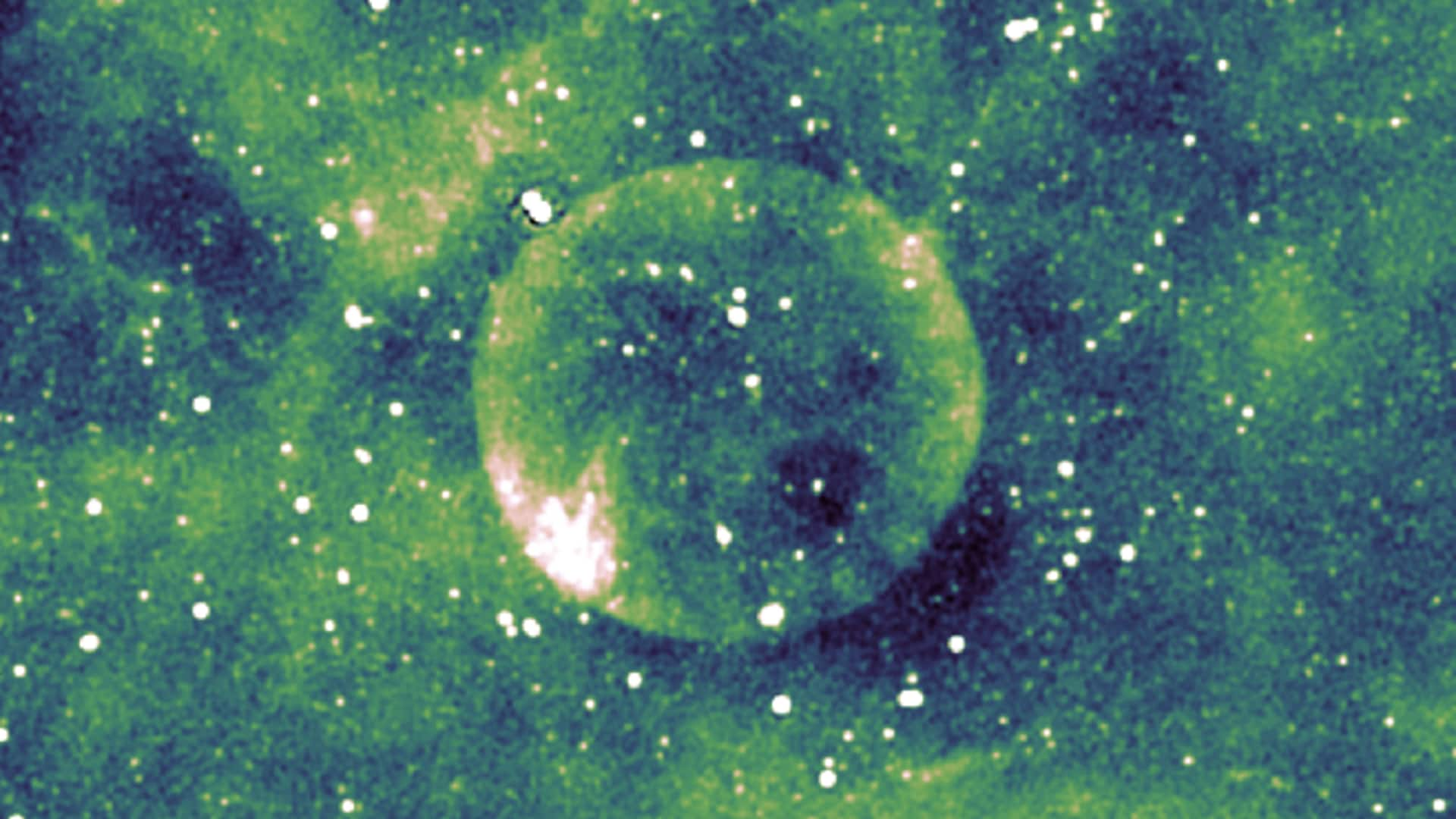
Watch: Mysterious sphere found deep in the Milky Way
What's the story
Astronomers have stumbled upon a nearly perfect spherical celestial object deep in the Milky Way galaxy. The strange orb, dubbed SNR Teleios (G305.4-2.2), is thought to be a supernova remnant (SNR)—an expanding shell of gas and dust created by shockwaves from a massive stellar explosion. The discovery was made by astrophysicist Miroslav Filipovic of Western Sydney University while analyzing pictures from the Australian Square Kilometre Array Pathfinder (ASKAP) radio telescope.
Discovery
How was it discovered?
Filipovic discovered Teleios while sifting through new images from ASKAP, which is currently mapping the entire southern sky. He said, "I was looking at these images as they became available, searching for anything interesting or not seen before and came across Teleios." The SNR's nearly perfect symmetry is remarkable with a circularity score of 95.4%. This makes it one of the most symmetric known SNRs in the universe.
Anomalies explained
Unique characteristics and possible origin
Teleios is different from typical SNRs, which are often irregular due to asymmetries in the initial explosion or disruption while expanding. Filipovic explained, "What makes Teleios's shape so remarkable is that it displays none of these asymmetries; it effectively looks like an explosion that has happened with almost perfect initial parameters and with almost no disruption while expanding." The remnant likely expanded in a relatively undisturbed environment for thousands of years.
Emission mystery
Teleios's emissions and supernova type
Teleios only emits in radio wavelengths, with a hint of hydrogen-alpha emissions. This lack of emissions makes it hard to determine the type of supernova that made Teleios. The most possible scenario is a Type 1a supernova, which takes place in binary star systems where a white dwarf consumes enough mass from its companion star to explode violently. However, the observable data doesn't perfectly fit either model.